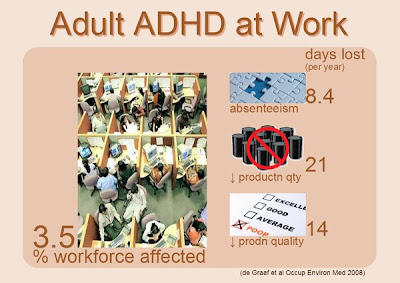 |
| 10yr window to treat mental health problems affecting academic performance |
Mental health & academic performance
Mental health has a direct impact on academic performance in children. Neglected childhood psychiatric disorders like ADHD and Learning Disorders adversely affect the child’s academic performance and educational attainment. Poor educational outcomes affect the child’s health, employment, and status as an adult. This is especially so for psychiatric conditions that are seen at 7 years and persist beyond 16 years of age.Mental health disorders in children have a greater impact on academic performance than chronic physical illness. The presence of a single mental condition results in morel board exams failures and backlogs. This association is more than for chronic illnesses of the neurological, lung, heart, or digestive systems. Physical impairments are not associated with exam failures. More than half the teenagers who fail to complete their secondary education have a diagnosable psychiatric disorder. Mental health problems in childhood impede academic performance as the student is unable to take advantage of learning opportunities at school and at home.
Poor academic performance may be a marker for mental health problems in childhood. We screened secondary school students performing poorly at academics for mental health disorders. 2/3 of these children had at least one mental health disability. ADHD and Depression were the most common mental health disorders in this population. One third of the children had more than one mental health disorder. Our study showed that screening children who had poor academic performance would help in the early identification of treatable psychiatric disorders. This in turn would improve academic performance and subsequent adult outcomes.
Mental health problems in children negatively impact physical health, employment and social status as they grow into adults. These adverse health, employment and social status outcomes are especially seen in those children with psychiatric disorders at age 7 that persist to age 16. There is a large window of opportunity between ages 7 to 16 during which psychiatric disorders can be addressed to prevent adverse outcomes in adulthood.
Mental health problems in childhood have a higher impact on academic performance than chronic physical conditions. Psychiatric disorders account for a large chunk of school failures in children. Poor academic performance in children may be a marker for the presence of undetected mental health problems. Treatment of childhood disorders like ADHD improves academic performance. There is a decade window between the ages of 7 and 16 years to prevent adverse impacts on physical health, employment and social status by treatment of mental health problems that are resulting in poor academic performance.
References
- Case, Anne, Angela Fertig, and Christina Paxson. "The lasting impact of childhood health and circumstance." Journal of Health Economics 24.2 (2005): 365-389.
- Stoep VA, Weiss NS, Kuo ES, Cheney D, Cohen P. What Proportion of Failure to Complete Secondary School in the US Population Is Attributable to Adolescent Psychiatric Disorder? Journal of Behavioral Health Services & Research, 2003, 30(1), 119-124.
- Neville Misquitta, Sayyara Ansari. Prevalence of ADHD, Depression and Dysgraphia in School Children. 15th IACAPAP. New Delhi. 30-Oct-2002


